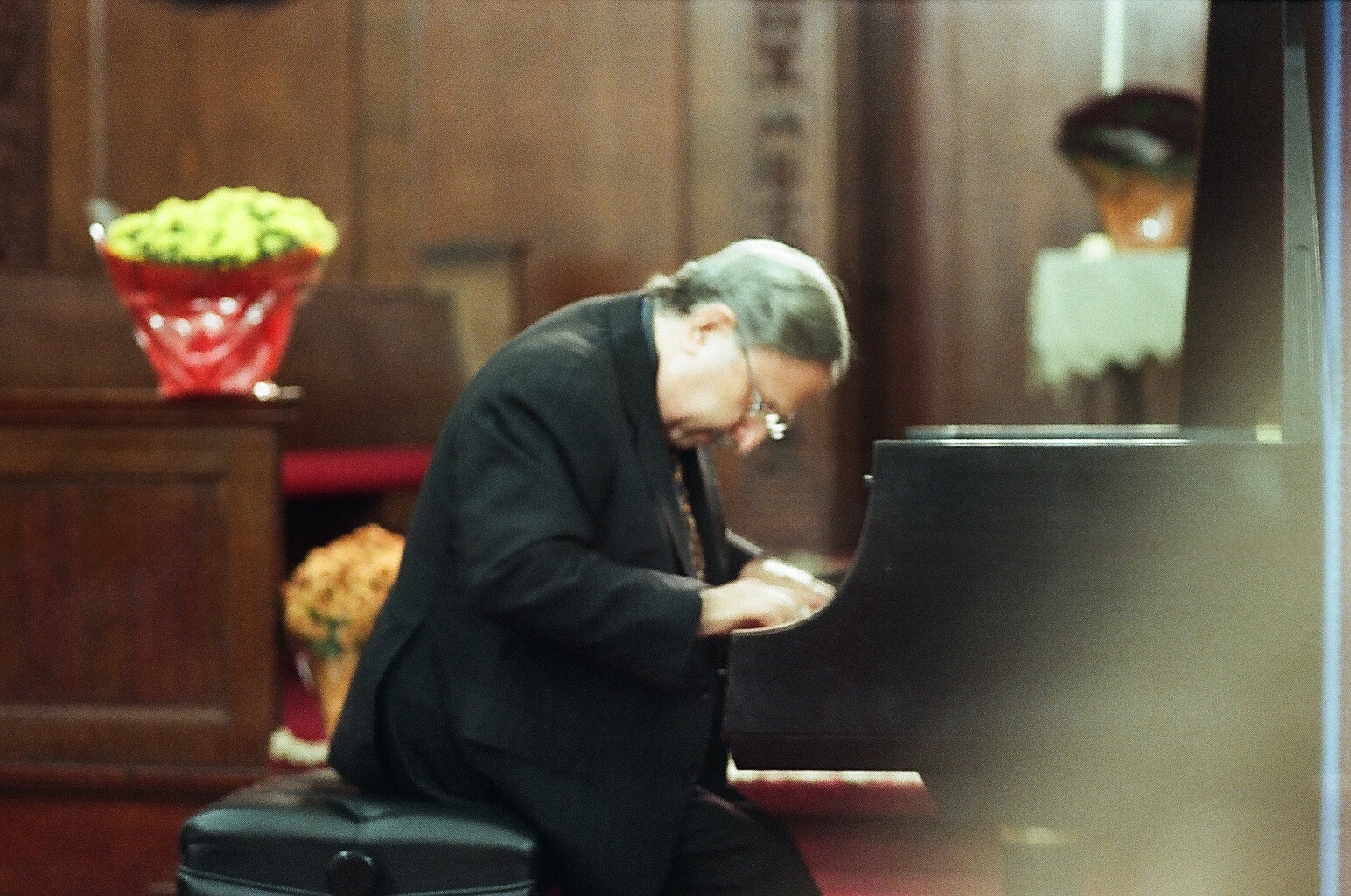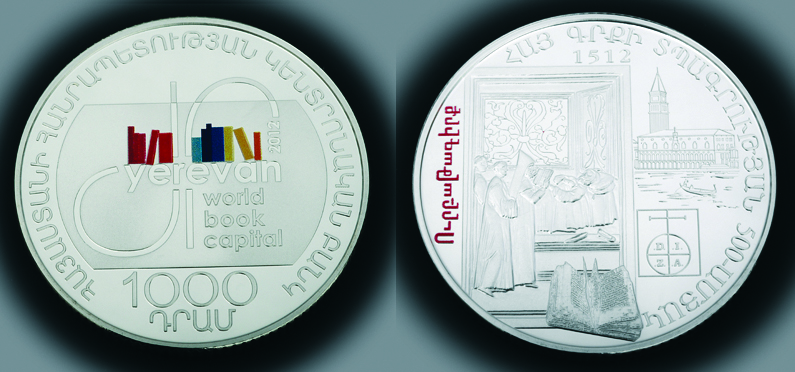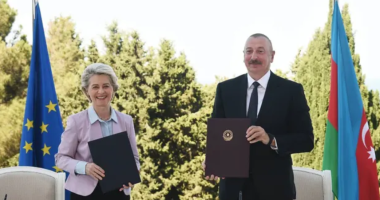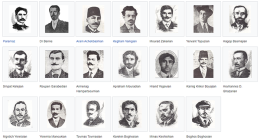By Florence Avakian
NEW YORK, NY — Sunday, October 20 was a special day at the Armenian Evangelical Church of New York, as celebrated pianist Sahan Arzruni performed a demanding program of classical and Armenian compositions with more than 150 in attendance.
The newly appointed pastor of the church, Rev. Haig Kherlopian, and the church’s Board of Trustees Vice Chairman Peter Kougasian welcomed the crowd and introduced the artist who is also a well-known ethnomusicologist, writer, lecturer, and producer. Sahan Arzruni’s many accomplishments include command performances at the White House, as well as at the British, Danish and Icelandic courts.
Starting his program with Chopin’s Polonaise in C-sharp minor, (1926), known for its different textures, and dynamics, the artist demonstrated his formidable technique and fiery expression in this work which is replete with octaves, arpeggios, as well as gentle melodies. Then came three well known lyrical Chopin Nocturnes, and the legendary composer’s Fantaise-Impromptu (1834), with its many cross-rhythms, ending with mysterious waves. Again Arzruni displayed his impressive technique, phrasing, and understanding of the work.
Khachaturian was one of several Armenian composers that figured prominently in the program which included his three-movement Sonatina (1959) with its gentle rhythms, and virtuosic and exciting finale, and the often-performed Toccata (1932), filled with diverse harmonies and expressionism.
A group of selections from Khachaturian’s Children’s Album was a delightful surprise for many. Reflecting the deep Armenian feelings of the charming works, Arzruni played several, including Birthday with its joyous childlike fun, and the humorous Two Funny Aunties Have Quarreled.
Warm Repartee
Following intermission, the concert took on an air of warm and friendly repartee as Arzruni related humorous and revealing anecdotes about a few of the composers and their works.
Babadjanyan’s Elegy (1978) is one of the most lyrical and soul-searing pieces ever written. Arzruni explained that Babadjanian was one of the first to hear of Khachaturian’s death in 1978 on Moscow State Radio. Babadjanian recalled that when Khachaturian heard a 16-year old duduk player Levon Madoyan play this melody in the 1930’s in Yerevan, Khachaturian was “mesmerized”, and commented that “no human being can ever write such a beautiful piece. It is superhuman.”
Babadjanian arranged this melody, and on the day of Khachaturian’s death in 1978, he dedicated it to the memory of the great Armenian composer. The Elegy was played on Yerevan State Radio repeatedly for 24 hours the day of the composer’s death. With great feeling, Arzruni performed this heart rending composition.
Introducing Achtamar (1947) by Alan Hovhaness, Arzruni related that the renowned composer wrote his first opera at the tender age of four, and included in it a middle line used in the 14th and 15th centuries in Europe. However, Hovhaness was heartbroken when his mother said it was not playable, and threw it in the garbage. But that did not stop this genius who even as a child often couldn’t sleep, seeing notes in his dreams. In a humorous aside, Arzruni revealed that the contemporary Achtamar piece really should have been named after Hovhaness’ cat Raja whom he regarded as his sixth reincarnation. “The composer was so inspired by the piano keys on which Raja stepped that he quickly wrote them down.”
Gomidas Specialist
A master interpreter of Gomidas’ piano music, Arzruni presented Shoror of Mush (1916), so musically representative of village life with its daily chores, dances, and children playing. (At the concert, a CD of Arzruni playing the complete piano works of Gomidas was available).
Two masterworks completed the almost three-hour concert. Arzruni’s deep understanding, and pianistic brilliance was demonstrated in Beethoven’s Moonlight Sonata (1801), one of the most popular and performed compositions, with its combination of nocturnal structure in the first movement, and turbulence in the last movement. Arzruni’s masterful rendition of Schubert’s Impromptu in A-flat major (1827), a composition of lyricism personified, brought the audience to its feet in a standing ovation.
Plaudits to the artist continued during the sumptuous reception in the church hall. The memorable event was organized by co-chairpersons Louise Tezel and Hilda Melconian.










